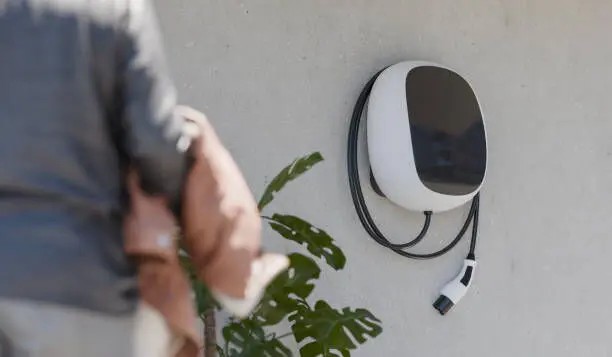


EV Charger Maintenance: How to Keep Your Charger Safe and Efficient
EV Charger Maintenance: Key Signs and Simple Care Tips
Electric vehicles (EVs) are becoming a common sight on roads worldwide, making EV chargers essential both at home and in public spaces. Like any advanced equipment, China EV chargers need regular maintenance to ensure they work safely and efficiently over time.
How do you know if your EV charger needs maintenance? Whether you own a Level 2 home charger or manage commercial stations, recognizing early warning signs and following a maintenance routine can save you from costly repairs and downtime.
Physical Damage
Check your charger’s housing and connectors regularly for cracks, dents, scorch marks, or discoloration. Even small damage can affect internal parts, leading to poor performance or safety risks. If you spot any damage, contact a professional technician promptly.
Slow Charging Times
A typical Level 2 charger fully recharges an EV battery in 4 to 10 hours. If your vehicle starts taking longer than usual consistently, it might indicate issues with power delivery, wiring, or connectors. Slow charging often signals deeper electrical or hardware problems needing professional inspection.
Exposure to Harsh Weather
Outdoor chargers face rain, snow, heat, and freezing temperatures. Though built to withstand tough conditions, extreme weather can cause internal moisture or expansion issues that affect performance. After severe weather events, have your charger checked if you notice any irregularities.
Voltage Fluctuations or Power Issues
Level 2 chargers use a 240V supply. Drops in voltage can slow charging or damage your EV’s battery system. Flickering lights, inconsistent readings, or interrupted charging sessions are red flags indicating possible electrical faults requiring professional diagnostics.
Damaged or Exposed Wiring
Frayed or cracked cables are serious safety hazards that can lead to electric shock or fire. Over time, cables wear from use, weather, or improper handling. Replace damaged cables immediately with certified replacements—do not rely on tape or temporary fixes.
Weekly: Wipe down the charger, cable, and connectors with a soft, dry cloth. Check for dirt, dust, or visible wear.
Monthly: Test the charger by plugging in your EV. Watch for proper communication, consistent charging, and expected charge times.
Every 6–12 Months: Schedule a professional inspection to test electrical components, tighten connections, update firmware, and replace worn parts.
Cables: Inspect for cracks, burns, or loose plugs. Replace damaged cables promptly.
Connectors: Keep them clean and rust-free. Use a soft brush to clean pins and apply dielectric grease if recommended. Replace if loose or damaged.
Cleaning: Keep the charger area free from debris, water, and mud. Ensure mounts are secure and rust-free.
Software Updates: Confirm your charger’s firmware is up-to-date for security and functionality.
Public chargers experience higher usage and need additional checks for vandalism, card reader functionality, signage clarity, and lighting. Monitoring error codes and downtime ensures reliable service and user trust.
Maintaining your EV charger protects your investment and ensures safe, efficient charging. Stay proactive with regular inspections and don’t ignore warning signs—minor issues today can become major problems tomorrow.
By following a simple maintenance schedule, you can maximize charger performance, reduce repair costs, and support a sustainable EV future.Know more about Google SEO Directory
